Young Ben Franklin, the Printer, and His Rise to Prominence
Ben Franklin was one of the most gifted and intriguing men in American history. His incredible rise from humble beginnings to one of the most famous men in the world is an inspirational story.
It all began in Boston on January 17, 1706 when Franklin was born to Josiah and Abiah Franklin. Josiah, who was born in England and emigrated to America in 1683, was a candlemaker who fathered seventeen children. Benjamin was his youngest son.
The formal schooling received by Ben Franklin ended at age ten, primarily due to the cost of a private education. After working with his father for a short time, Ben was apprenticed to his brother James as a printer at age 12. It would prove to be a wise move and the start of a hugely successful and prosperous career, but there were a few bumps in the road early on.
When Franklin was 16, he wanted to write articles for his brother’s newspaper, The New-England Courant. James turned down this request and so Ben wrote letters to the paper using the name “Silence Dogood.” These letters, essentially articles, were the talk of the town, but no one knew who the real author was. When James discovered it was his little brother, he was not happy with his young apprentice.
Shortly thereafter, Benjamin, chaffing under his brother’s control, ran away from home and landed in Philadelphia. After working for several different employers in the printing business, Franklin set up a printing shop in partnership with Hugh Meredith in 1728. Two years later, he bought out his partner and he was on his own at the tender age of 24.
In 1729, Benjamin became the publisher of The Pennsylvania Gazette. He used this paper over the course of the next few decades to promote causes near and dear to his heart. Never one to rest, Franklin created or purchased additional papers and by 1753, eight of the fifteen English language newspapers in the colonies were published by Franklin or his partners.
While his printing business was hugely successful, his personal life was a bit notorious. At the age of 17, while boarding with the Read family, Ben proposed to 15-year-old Deborah Read. Soon thereafter, Franklin went to London and Deborah was married off by her parents to a man named John Rogers. They made a poor choice.
Rodgers soon ran into debt issues and left Philadelphia, never to be heard from again. Because the fate of Rodgers was uncertain, Deborah was not free to marry. Franklin, however, would not be put off by a technicality and established a “common-law” marriage with Deborah in 1730.
This new household included Franklin’s recently born illegitimate son, William, whose mother has never been identified. All this and Franklin was only 24-years-old! Benjamin and Deborah never did officially marry, and they had two children together, but only one, Sarah, survived to adulthood.
In 1733, Franklin began publishing Poor Richard’s Almanack, one of the great treasures of American literature, and Franklin’s reputation soared. This annual magazine grew to be an institution in the colonies, as it sold about 10,000 copies each year. It included weather forecasts, household hints, and great sayings such as “fish and visitors stink in three days”, “diligence is the mother of good luck”, and “never leave that till tomorrow, which you can do today.”
Franklin published the final edition of Poor Richards in 1758. In this edition, he included his famous pamphlet The Way to Wealth, perhaps his most popular section of his very popular Almanack. It is essentially a consolidation of some of the best witticisms from the Almanack and a “how-to-guide” to become wealthy.
By the 1740’s, Franklin had become one of the wealthiest men in America. In 1748, at the age of 42, Benjamin retired from active business and never worked again as a printer, although he did retain ownership in the printing firm of Franklin and Hall.
Franklin’s last major literary work was his Autobiography. A true classic and one of the most widely read books of its kind, Franklin began this work in 1771 due to growing dissatisfaction with England. The first part, dealing with his life to age 25, is generally considered the best part of the book. Composed of four parts, the book followed several starts and stops by Franklin, with him beginning the last section in 1790, a few months before his death.
WHY IT MATTERS
So why should young Ben Franklin the Printer matter to us today? Benjamin Franklin’s writings enlightened and entertained his readers. Moreover, his work in the printing business greatly expanded and improved the newspaper network and, consequently, the flow of information in early America.
This incredible, self-made man rose from humble beginnings to a position of prominence by hard work and diligence. Although very gifted, Ben Franklin’s success was primarily due to his work ethic. He set a wonderful example for other young men and women in America to follow. We are indebted to him for that gift.
SUGGESTED READING
Poor Richard’s Almanack, especially his final pamphlet The Way to Wealth, is a must read for all Americans. Franklin’s almanack was an institution in America from 1733-1758. It is both witty and instructive, a fun read for everyone.
PLACES TO VISIT
The Benjamin Franklin Museum in Philadelphia is a great place to visit. Located inside Independence National Historical Park, it details Franklin’s life and legacy with many outstanding exhibits.
Until next time, may your motto be “Ducit Amor Patriae,” Love of country leads me.

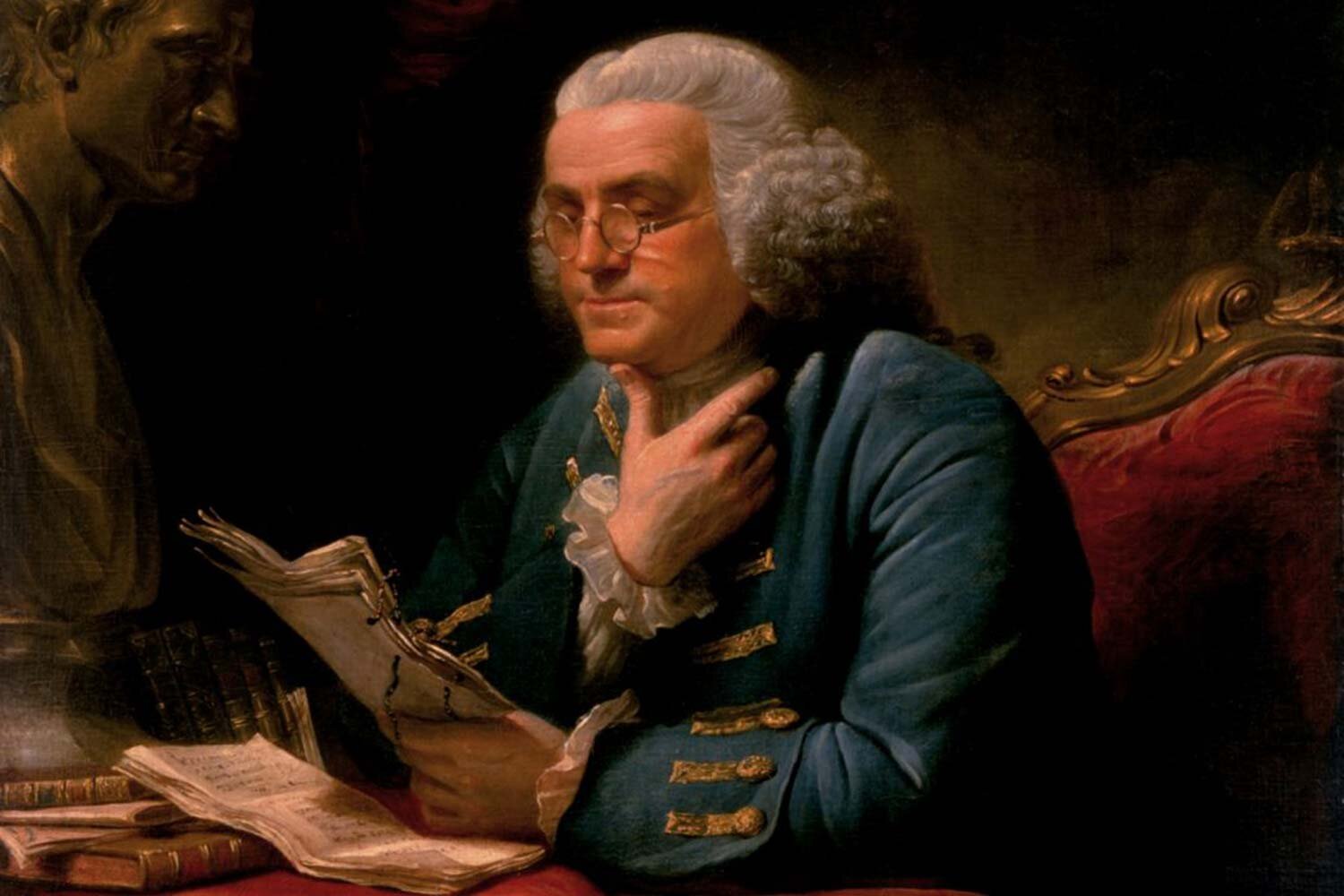
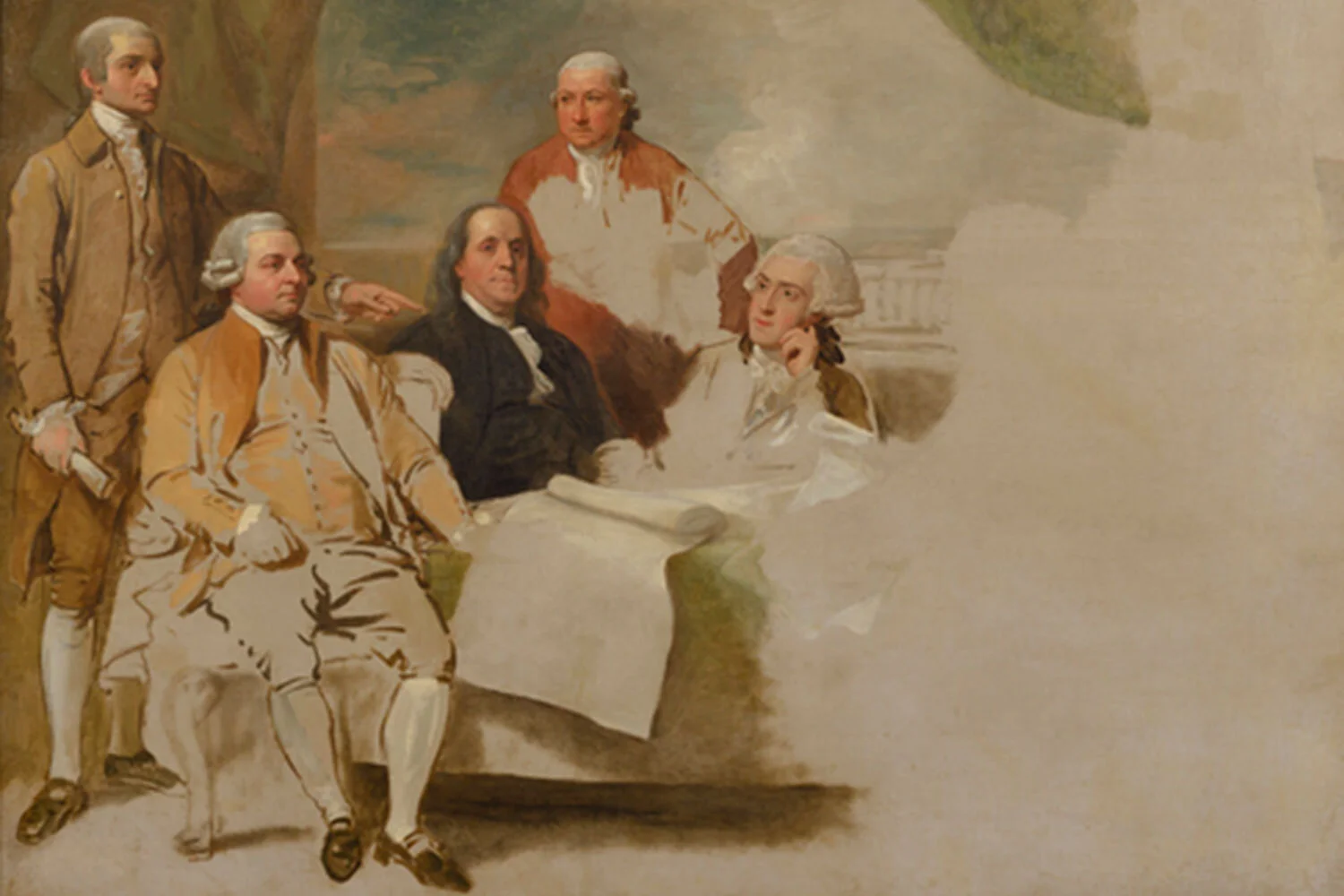
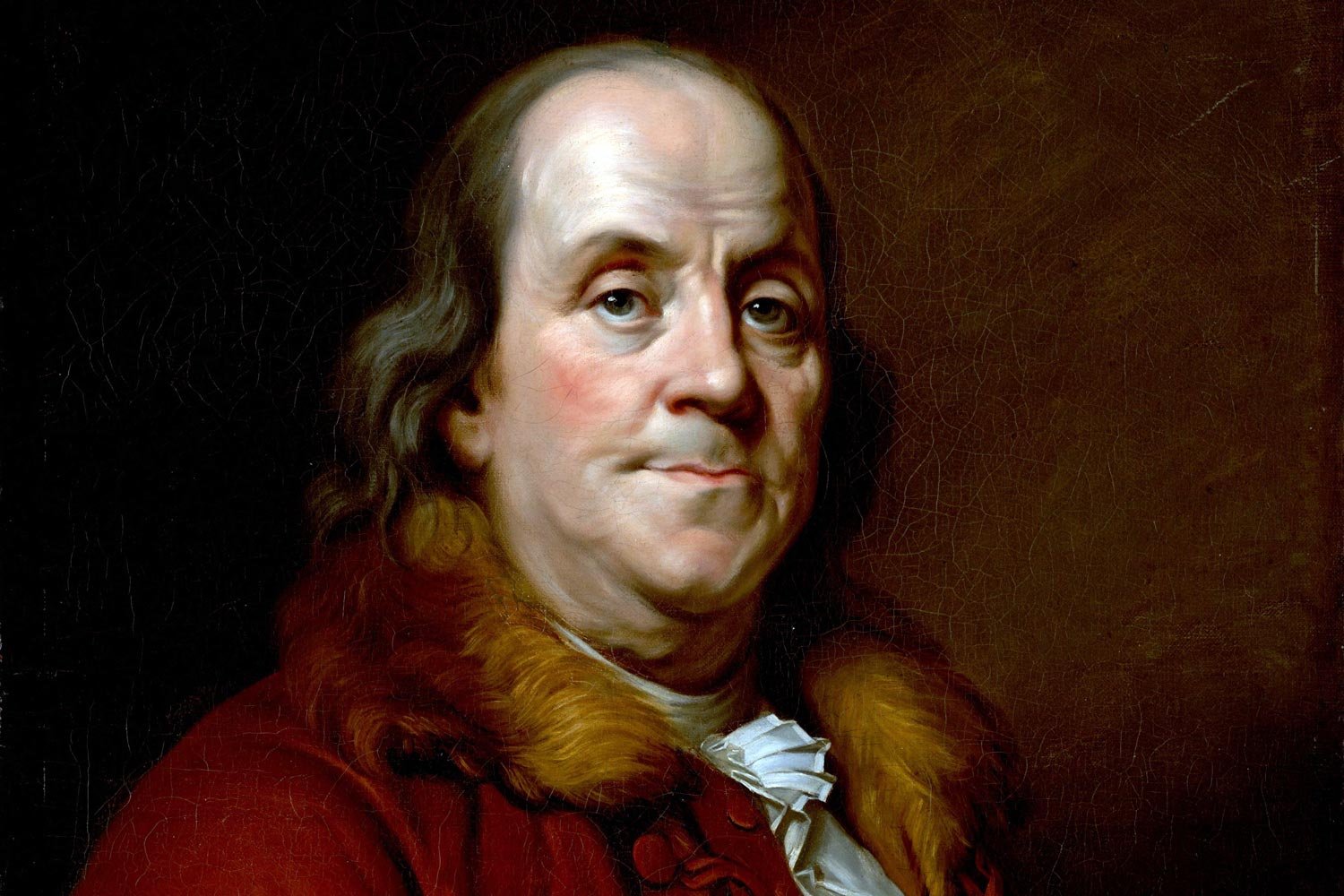
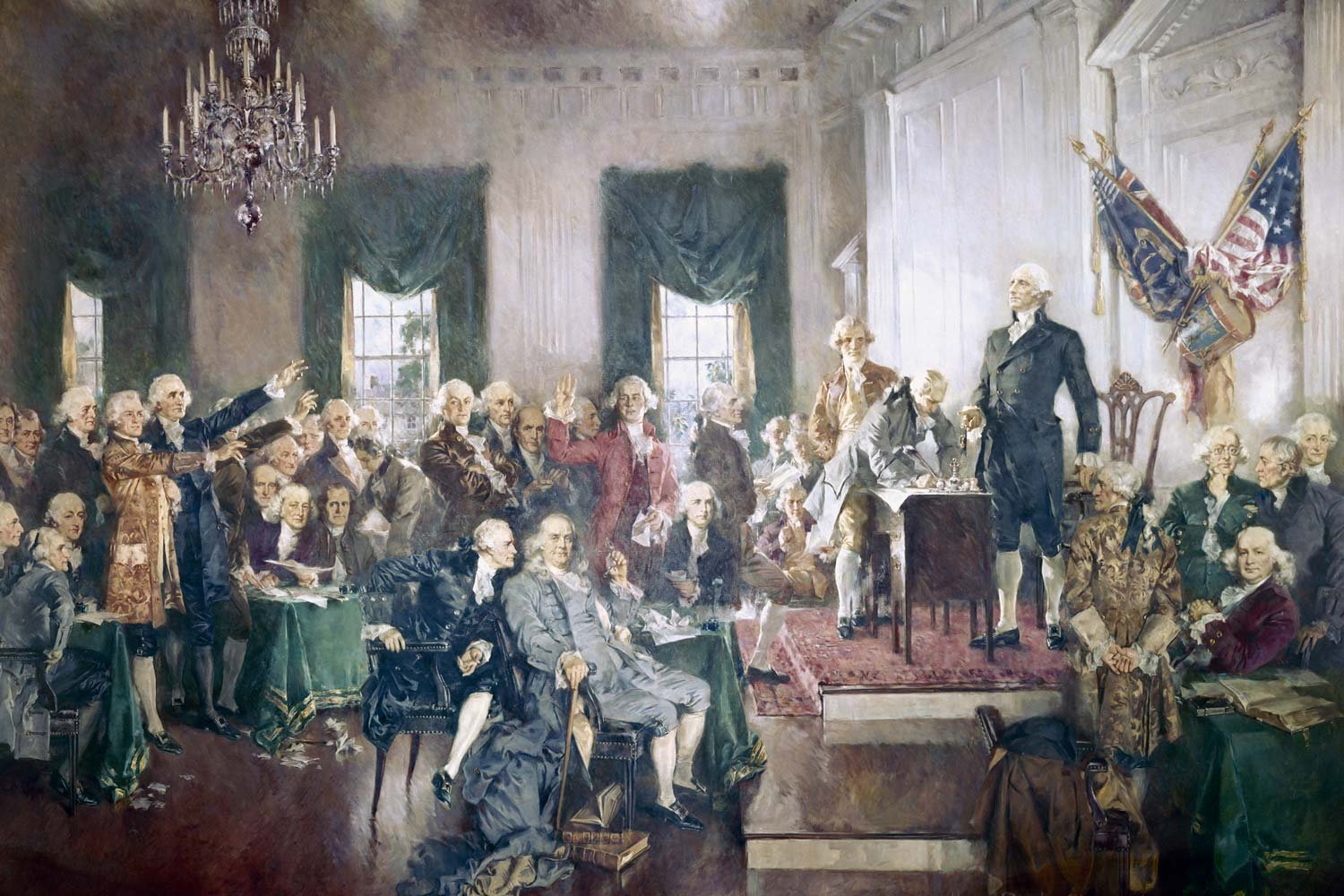
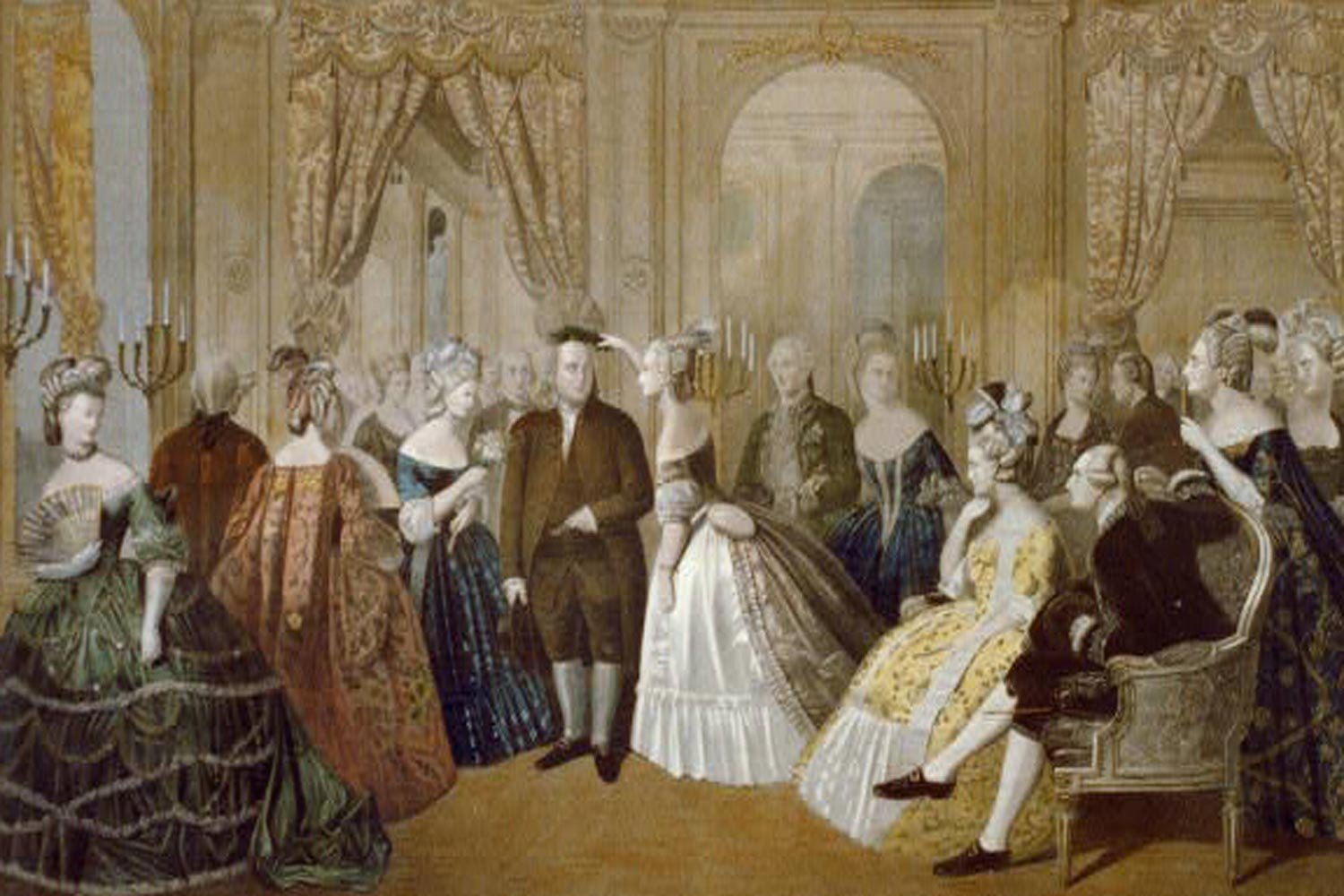
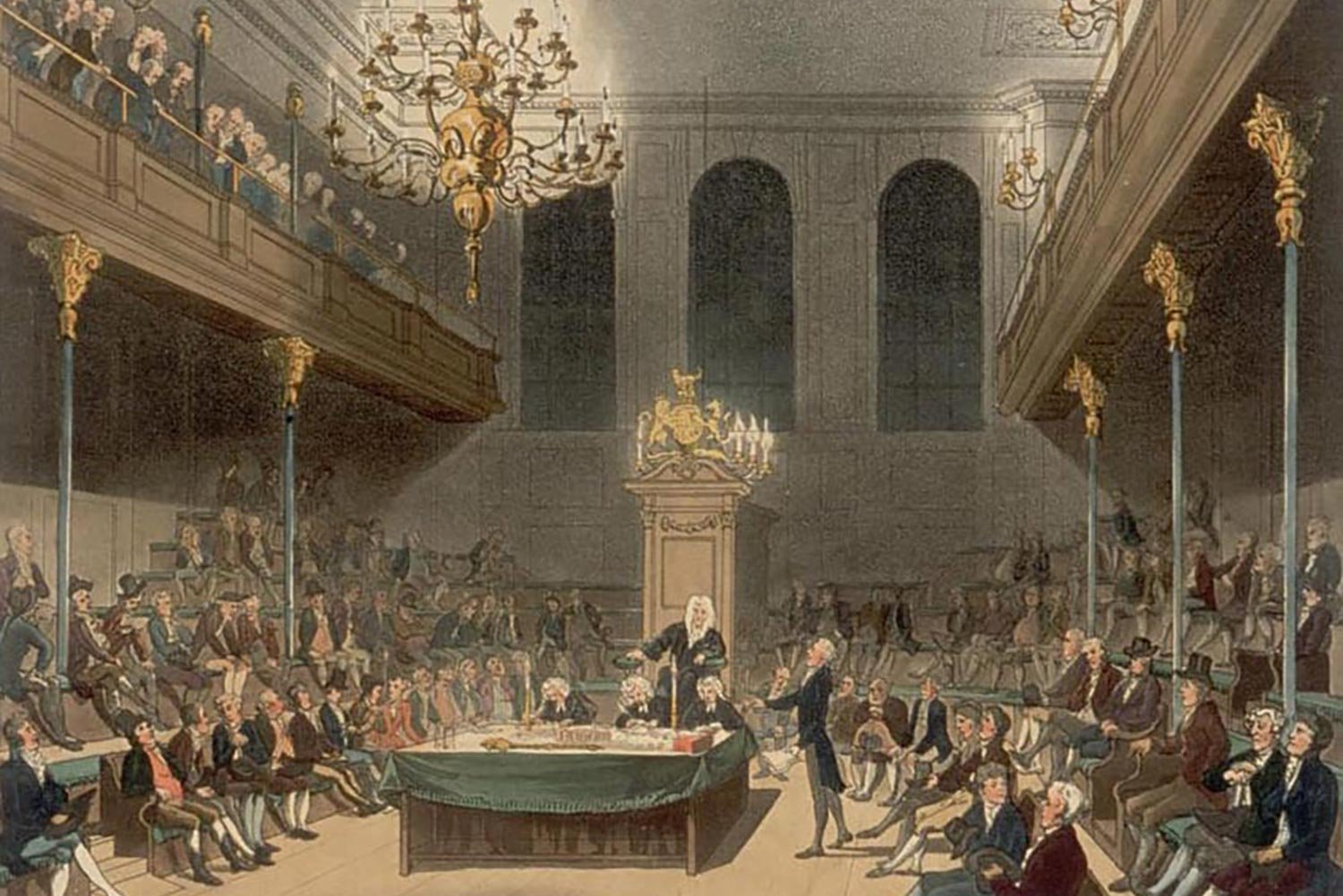
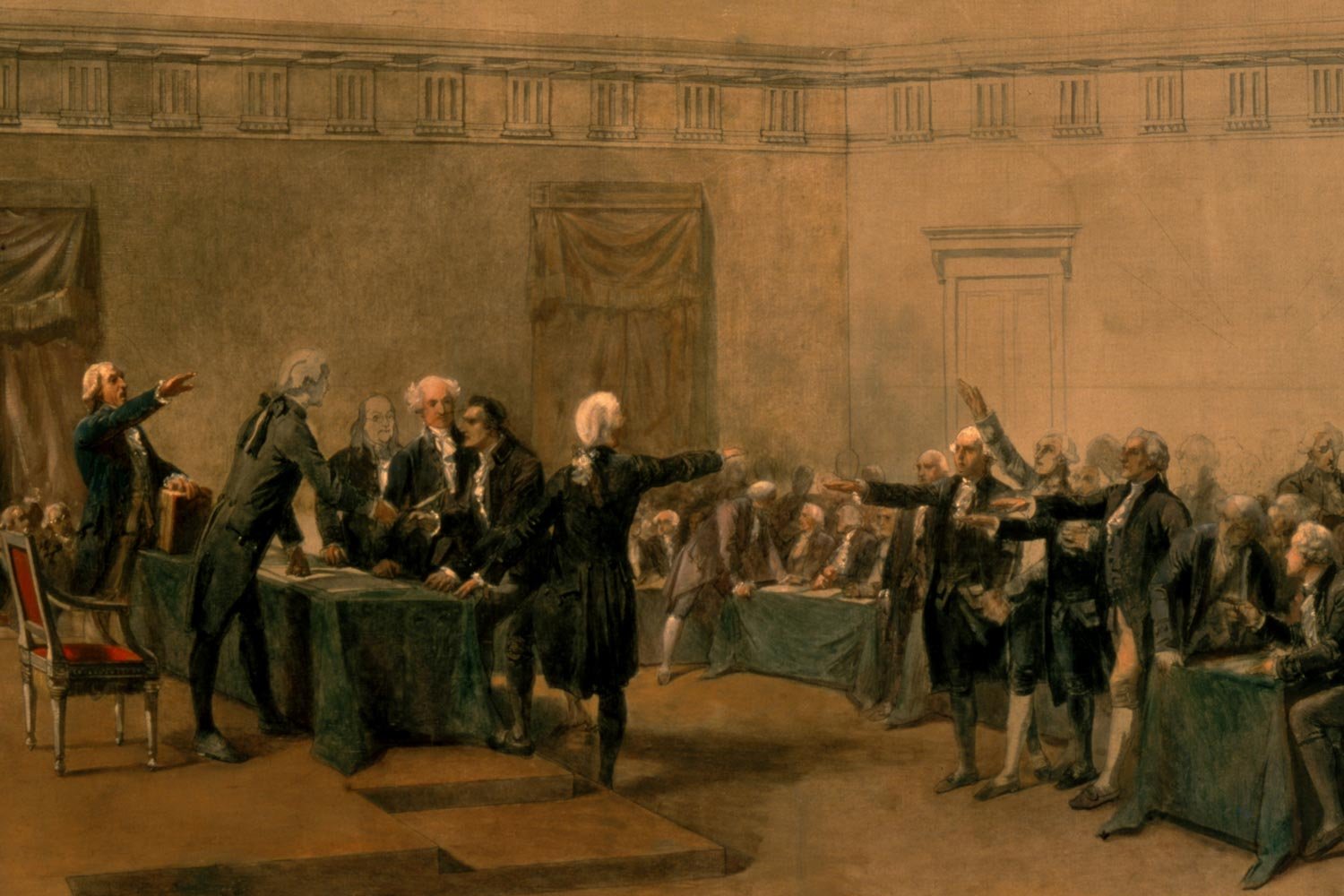
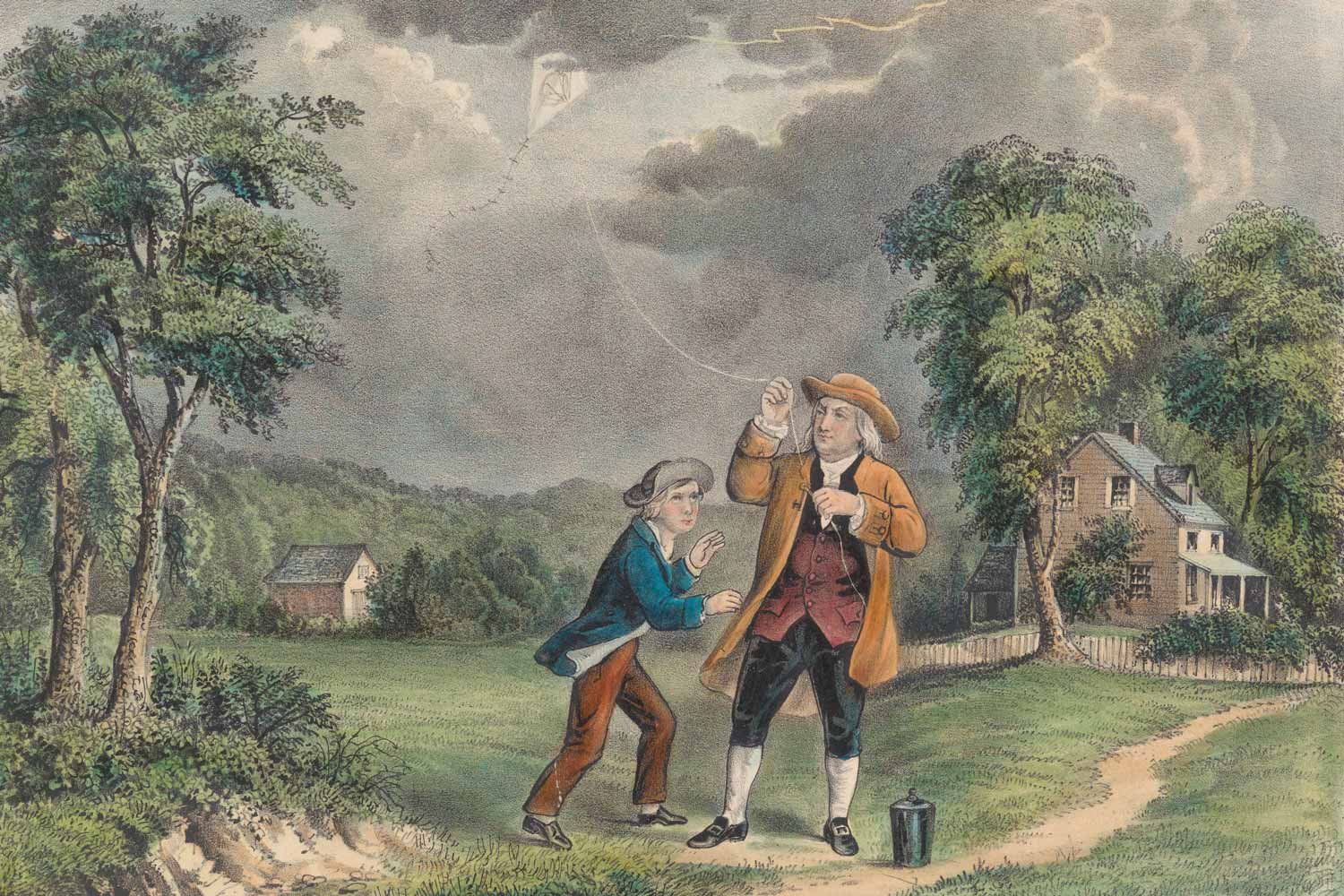
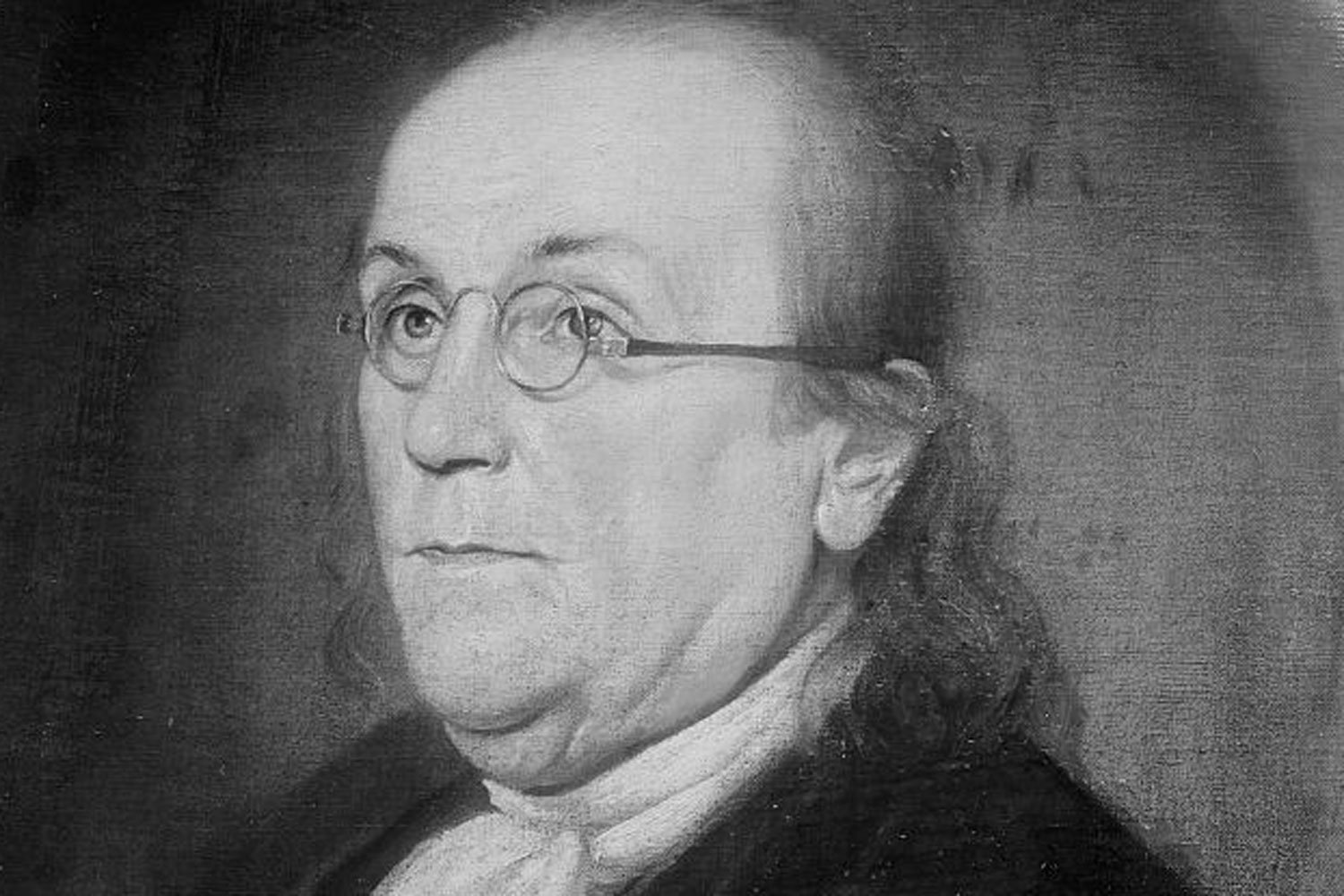

On May 15, 1776, the fifth Virginia Convention meeting in Williamsburg passed a resolution calling on their delegates at the Second Continental Congress to declare a complete separation from Great Britain. Accordingly, on June 7, Richard Henry Lee rose and introduced into Congress what has come to be known as the Lee Resolution.